On the shores of Kalamalka Lake there is an ancient village.
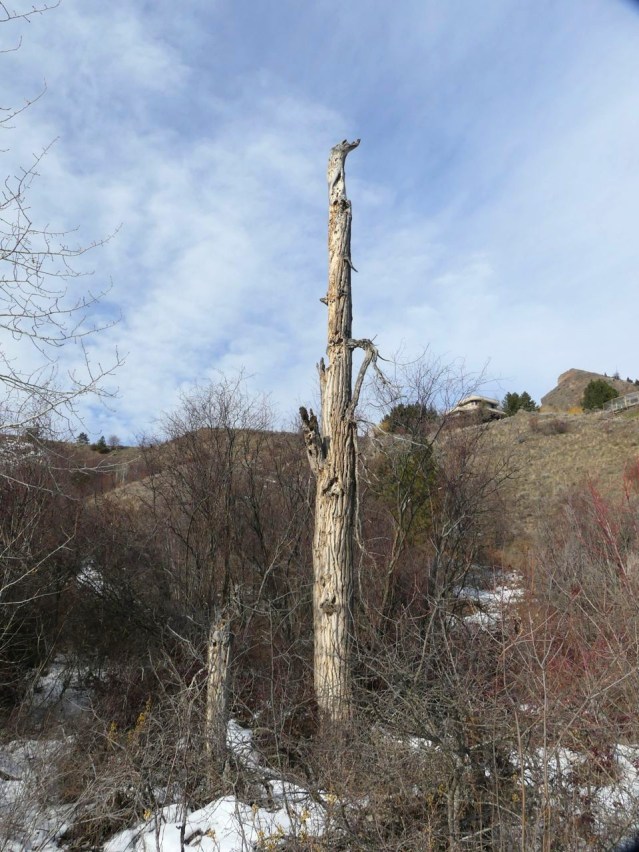 It’s so old it has been forgotten. The people who live there now don’t know that the land that called them, called others thousands of years ago. They don’t know the story of the giant wild rye along this old fence line.
It’s so old it has been forgotten. The people who live there now don’t know that the land that called them, called others thousands of years ago. They don’t know the story of the giant wild rye along this old fence line.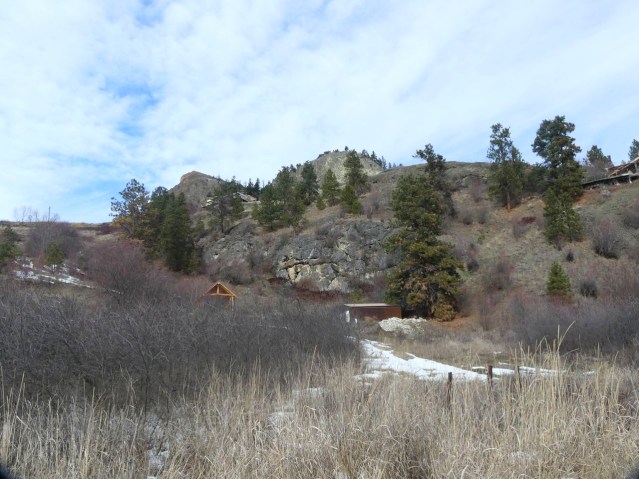
They don’t know the stories in the stone of a people who drew their identity from the land, not from other people.  They don’t know what the marmots who live in these cracked seabeds know, or why it might be important to live among them.
They don’t know what the marmots who live in these cracked seabeds know, or why it might be important to live among them.
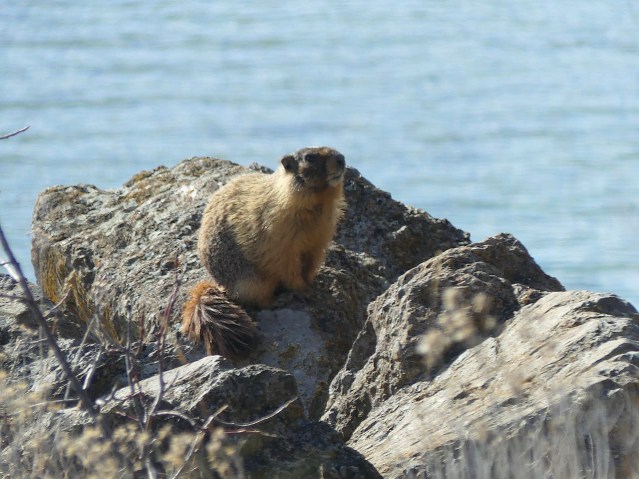
But this land, and these stories can still be read. 
What is read in poetry and photography now, and conversations about nature, was once read as self, and I don’t mean the “I” of contemporary thought.

Some still read it that way. I do. I have learned that if it is possible to do so as a human, then definitions of humanity that do not accept the earth as part of the human social group, with humans being less than primary, are inhuman.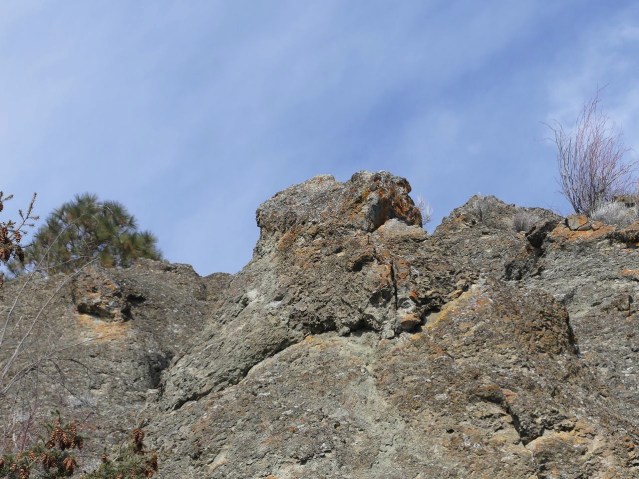
These are ancient stories. This does not mean they are obsolete.
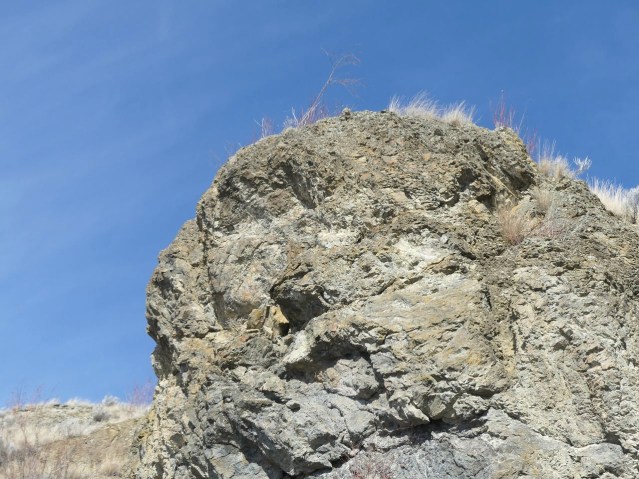
They follow the only possible trail. Perhaps you see the stone fish below. Perhaps you see an escarpment.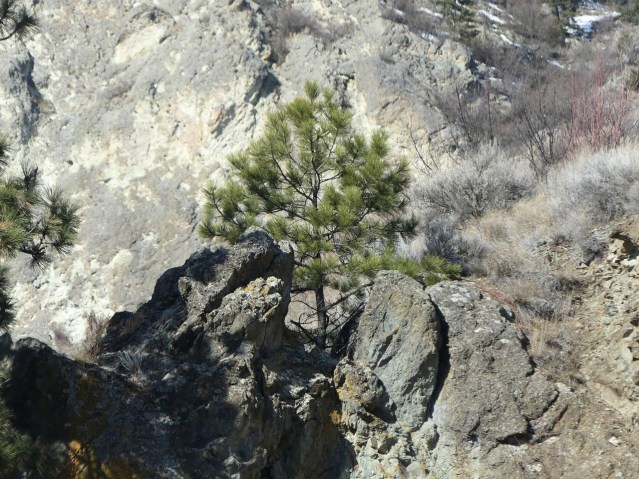 It means something when a pine enters a story like this and stays for a few hundred years, or humans enter it, as they once did, as we all do, and stay for thousands of years. The story is still there, whether it has human shape now, or not.
It means something when a pine enters a story like this and stays for a few hundred years, or humans enter it, as they once did, as we all do, and stay for thousands of years. The story is still there, whether it has human shape now, or not. 
It matters that saskatoon bushes and oregon grape enter these stories and grow within them.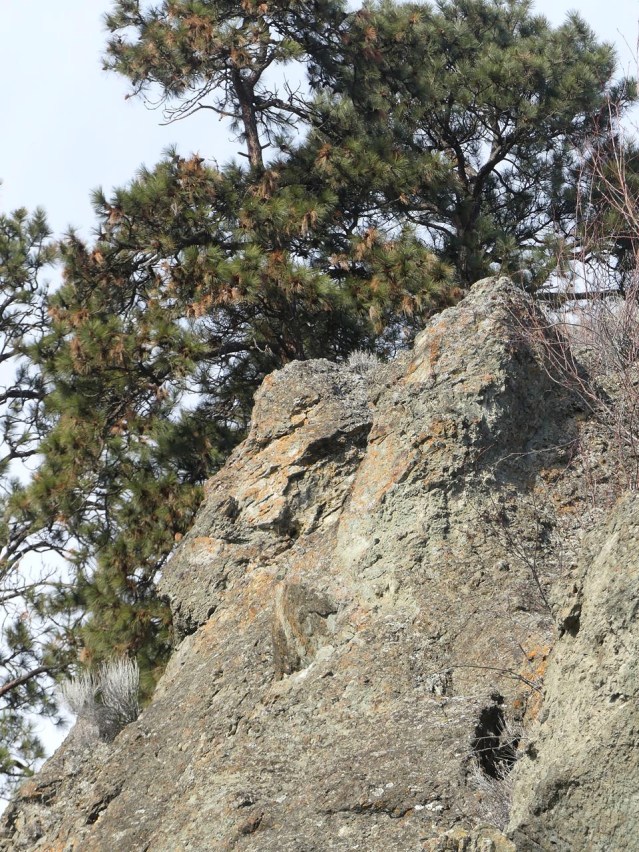
It matters that all of us have the same mind. That we are all in the same telling. It matters that this is not nature.
It matters that at heart we are not humans. “Human” is something different. That is a story we tell.

There are reasons to tell it. It is not, however, where we begin. And it is not where we end.
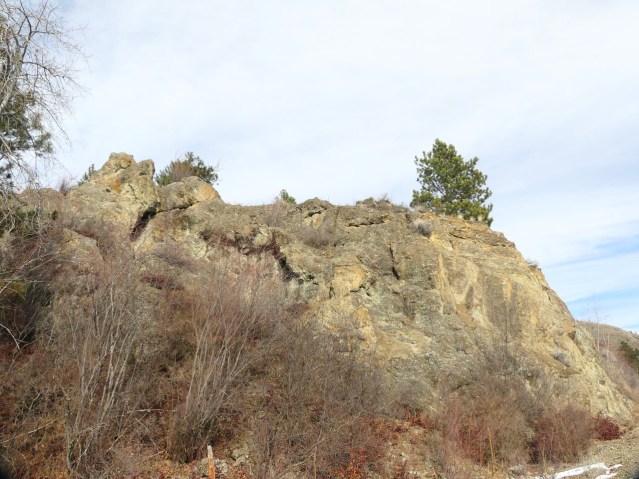
This is our archive. This is where we create ourselves again. This is rock.
Categories: Earth, Ethics, First Peoples, Gaia, Land, Nature Photography





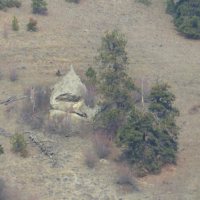








A beautiful and lucid post – thank you!
LikeLike
I liked the pictures that show the starkness of Canada. Thank you.
LikeLike
You’re welcome! This isn’t the British Columbia for nothing.
LikeLike